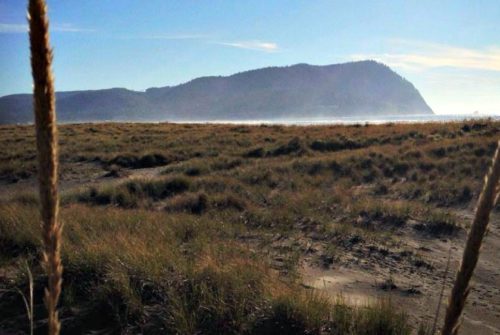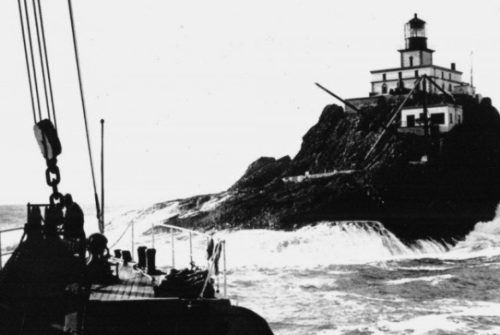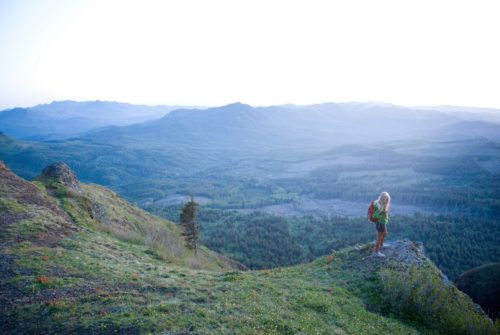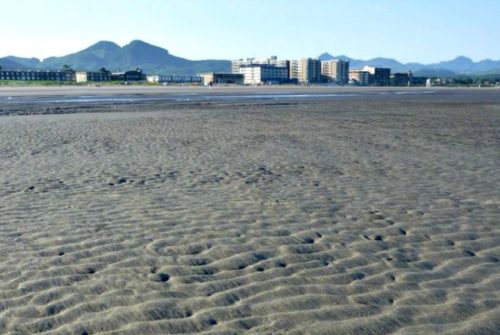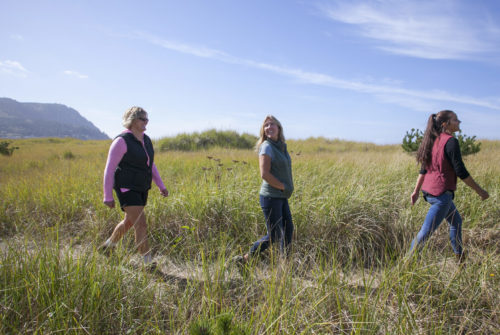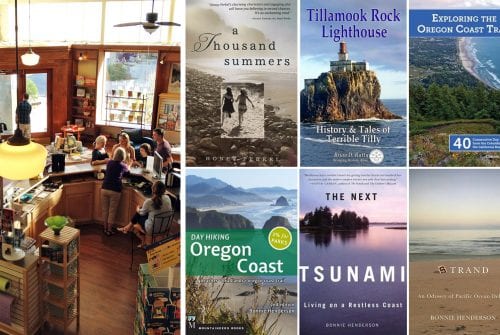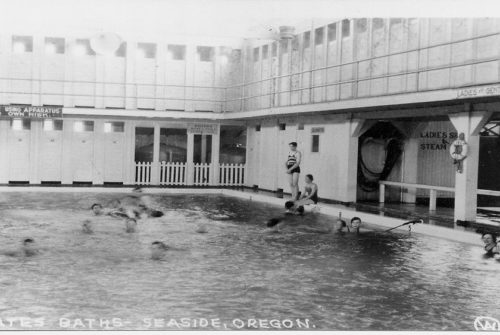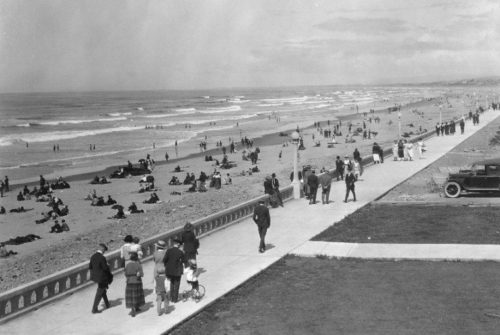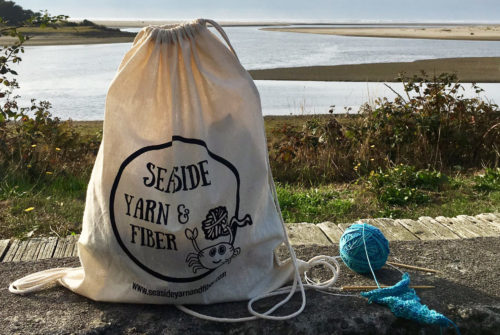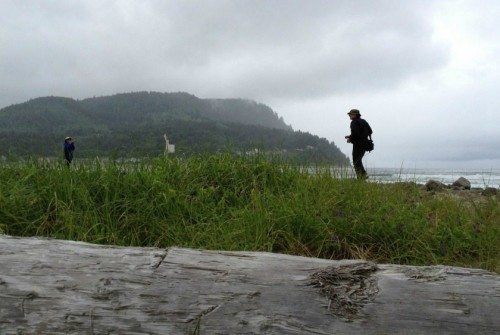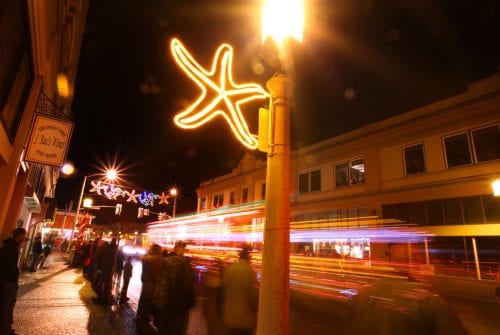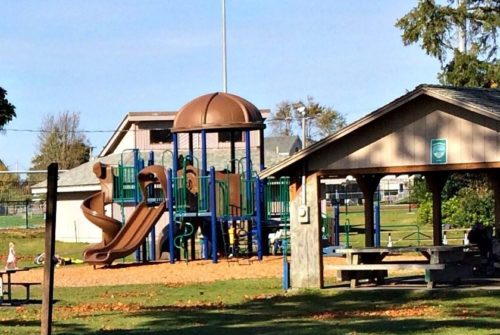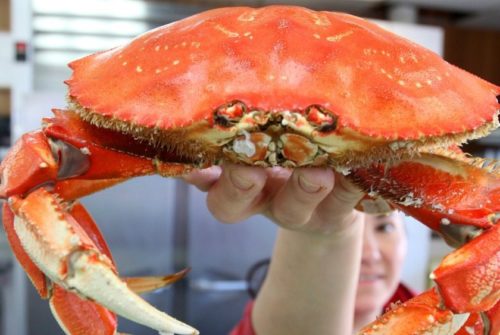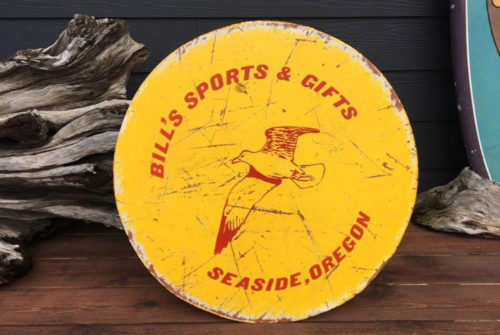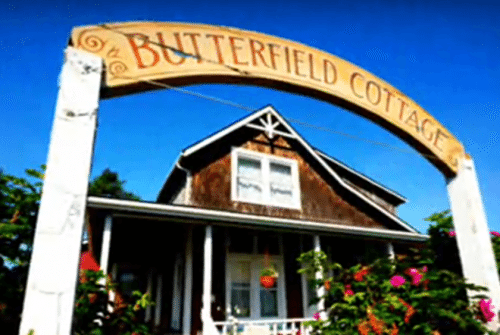Birding in Seaside
Birding in Seaside has it all. Open space, the ocean, an estuary draining two rivers, fresh and saltwater ponds, wetlands, grassy dunes and stands of spruce and alder provide rich and varied habitats for the more than 300 varieties of birds that make Seaside a year-round or seasonal home. Spring and autumn also offer opportunities for sightings of unusual visitors who travel the Pacific Flyway migratory route.
Birdwatching in #SeasideOregon
Birding For Beginners
Understand Seaside’s birding etiquette. Download the PDF.
-
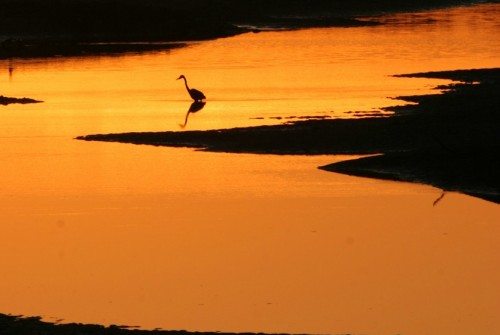
Tip #1: Consider the Habitat
When you go out birding, be sure to take a look at your surroundings. Are you out on the beach? At a river mouth? In the forest? Is the bird in the trees, or on a cliff face? Out in the water or on land? Paying close attention to the habitat where you're finding birds w...
-
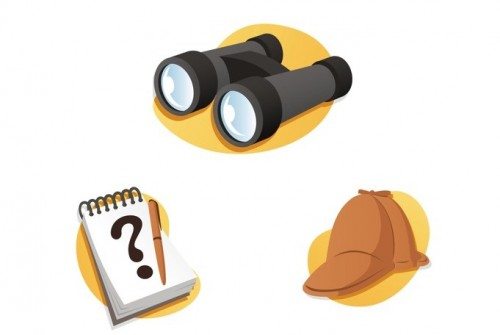
Tip #2: Get the Gear
To get started bird watching, there is one key piece of equipment: binoculars. If you're planning on buying a pair, there are a few considerations to keep in mind. Higher magnification will give more detailed images, but also makes a smaller field of view and more shaki...
-
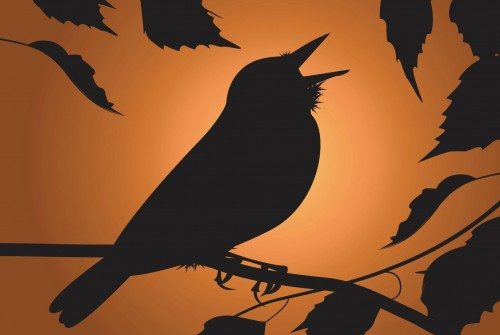
Tip #3: Watch the Behavior
It takes some time, but carefully observing a bird hopping, flying, singing, and otherwise going about its day can go a long way in identifying a bird - and can be quite entertaining, too. Focusing on behavior will allow you to identify a bird even when it's far away or...
-
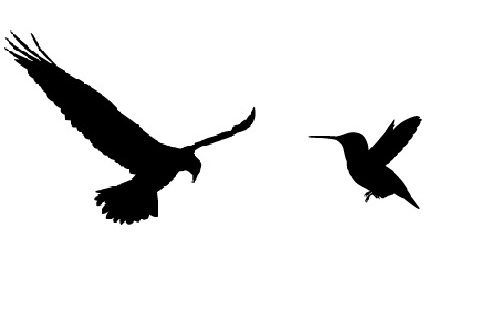
Tip #4: Size and Shape
When you spot a bird, look at its overall size - would you call it small, medium or large? Also examine the bird in parts - head, bill, tail, wings, body. Often you can identify a bird by a feature that really stands out, such as the large bill and tufts of a Tufted Puf...
-
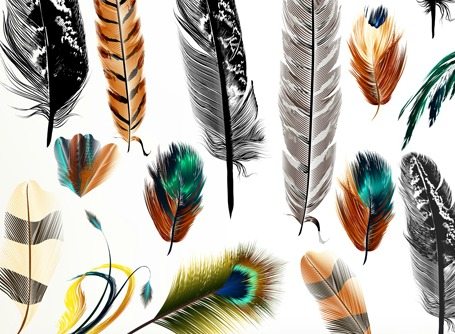
Tip #5: Look At the Colors
Often the most striking characteristic, color can be an important identifier on a bird (like the male red-winged blackbird). Look for a color pattern on the wings, breast, head, and tail. Some birds have stripes or mottling that can also be used to identify their specie...
Seaside Birding Sites
-
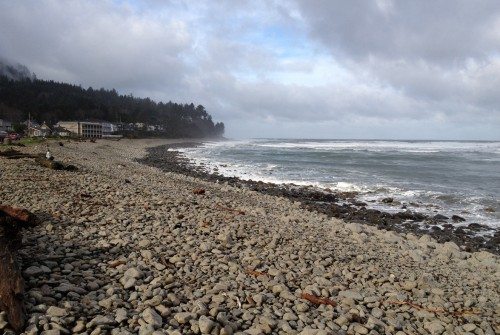
Seaside Cove
Seaside Cove, at the south end of Seaside, is located where the sandy beach meets the rocky headland. During the winter, look for Harlequin Duck, Common Loon, Western Grebe, Surf Scoter and Black Scoter. Occasionally, storms will bring in Northern Fulmar and Red Phalaro...
Special Notes:45°58'32.04"N, 123°56'20.83"W
-

Necanicum Estuary Park
The Necanicum Estuary, where the Necanicum River meets the Pacific Ocean, is one of the best sites on the north coast to find migratory shorebirds. During April and September, look for Western Sandpiper, Whimbrel, Semipalmated Plover, Dunlin and Long-Billed Curlew. Duri...
Special Notes:46°0'24.61"N, 123°55'5.73"W
-
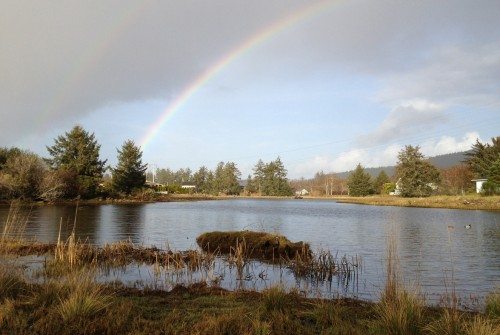
Broadway Park
Located next to Seaside Middle School, Broadway Park is adjacent to Neawanna Creek and is a good place to find a variety of birds, such as Canada Goose, Mallard, Ring-necked Duck, American Coot, Black-capped Chickadee, Red Winged Blackbird, Purple Martin, Common Yellowt...
1300 Broadway St
Seaside, OR 97138 -
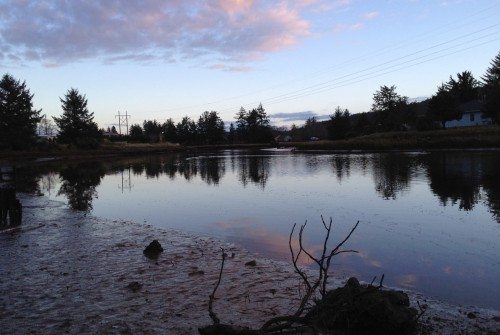
Neawanna Creek
Neawanna Creek is a tidal-influenced freshwater creek that empties into the Necanicum River near the Necanicum Estuary. Ever changing with the tide, this creek is home to numerous species of birds including Blue Heron, Bald Eagle, Red Winged Blackbird, American Coot, Bu...
Special Notes:46°0'5.68"N, 123°54'54.42"W
-
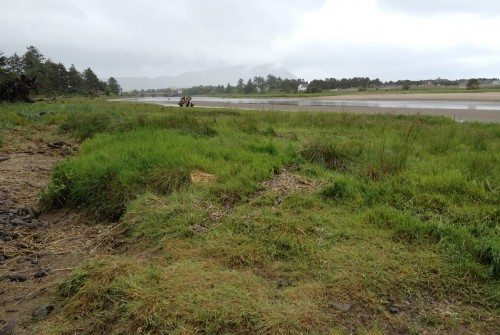
North Gateway Park
Located at the Necanicum Estuary, North Gateway Park has opportunities to see birds such as Bufflehead, Ruddy Duck, Horned and Western Grebe, Great Blue Heron, American Coot, Sanderling, Greater Yellowlegs, Western Sandpiper, Western Gull, Surf Scoter, and Canada Goose....
Special Notes:46°0'53.88"N, 123°54'41.88"W
-
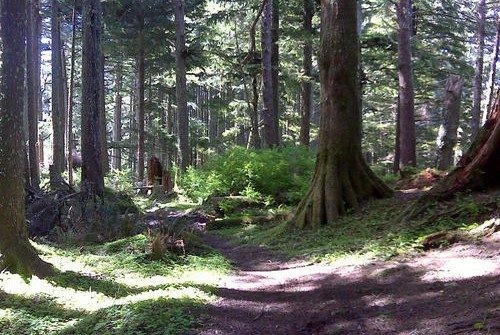
Elmer Feldenheimer Forest Reserve
The Tillamook Head Trail winds through this forest reserve and into Ecola State Park. You don't have to hike the entire trail, though, to see birds such as Wilson's and Hermit Warbler, Varied Thrush, Spotted Towhee, Brown Creeper, Swainson's Thrush, and Northern Saw-whe...
Special Notes:45°58'25.03"N, 123°57'14.77"W
-
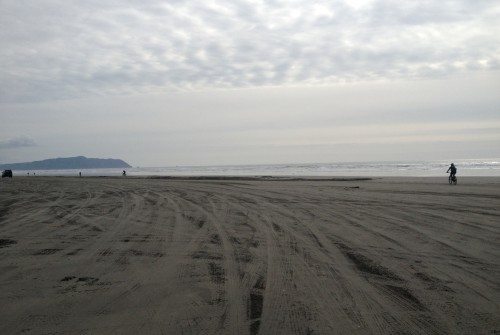
Clatsop Beach – South
The secluded south end of Clatsop Beach is a great place look for several bird species in the water and on land. With expansive views of Cape Disappointment and Ecola State Park, Clatsop Beach is home to birds such as Brown Pelican, Western Gull, Common Murre, Surf Scot...
Special Notes:46°1'51.55"N, 123°55'44.26"W
-
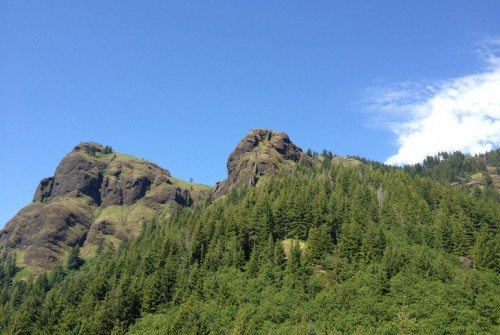
Saddle Mountain State Natural Area
Saddle Mountain is one of the tallest peaks in the Coastal Range. The hike up to the top is challenging, but might reward you with sightings of Vaux's Swift, Calliope Hummingbird, Rufous Hummingbird, Hermit Warbler, Hammond's Flycatcher, Blue Grouse, Varied Thrush, and ...
-
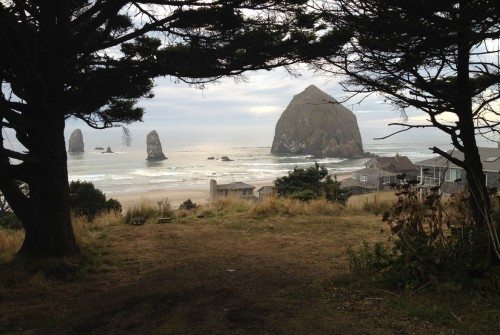
Haystack Rock
Part of the Oregon Islands National Wildlife Refuge, Haystack Rock is home to many species of shorebird. During the summer, look for Tufted Puffin, Western Gull, Pelagic Cormorant, Pigeon Guillemot, Black Oystercatcher, Harlequin Duck, Brown Pelican, and Peregrine Falco...
Special Notes:45°53'5.14"N, 123°57'52.26"W
-
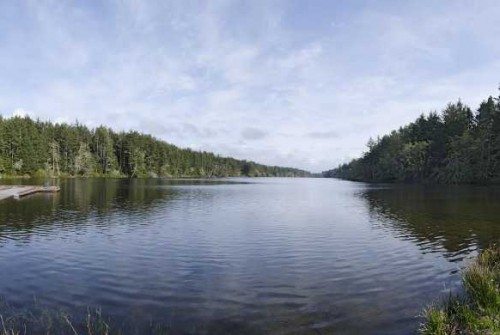
Fort Stevens State Park
This park hosts a variety of landscapes to explore. On hiking trails, look for American Wigeon, Northern Pintail, Canvasback, Greater Scaup, Caspian Tern, and Northern Harrier. The viewing platform at the jetty is a great place to find Sooty Shearwater and Brown Pelican...
(503) 861-3170 ext 21

